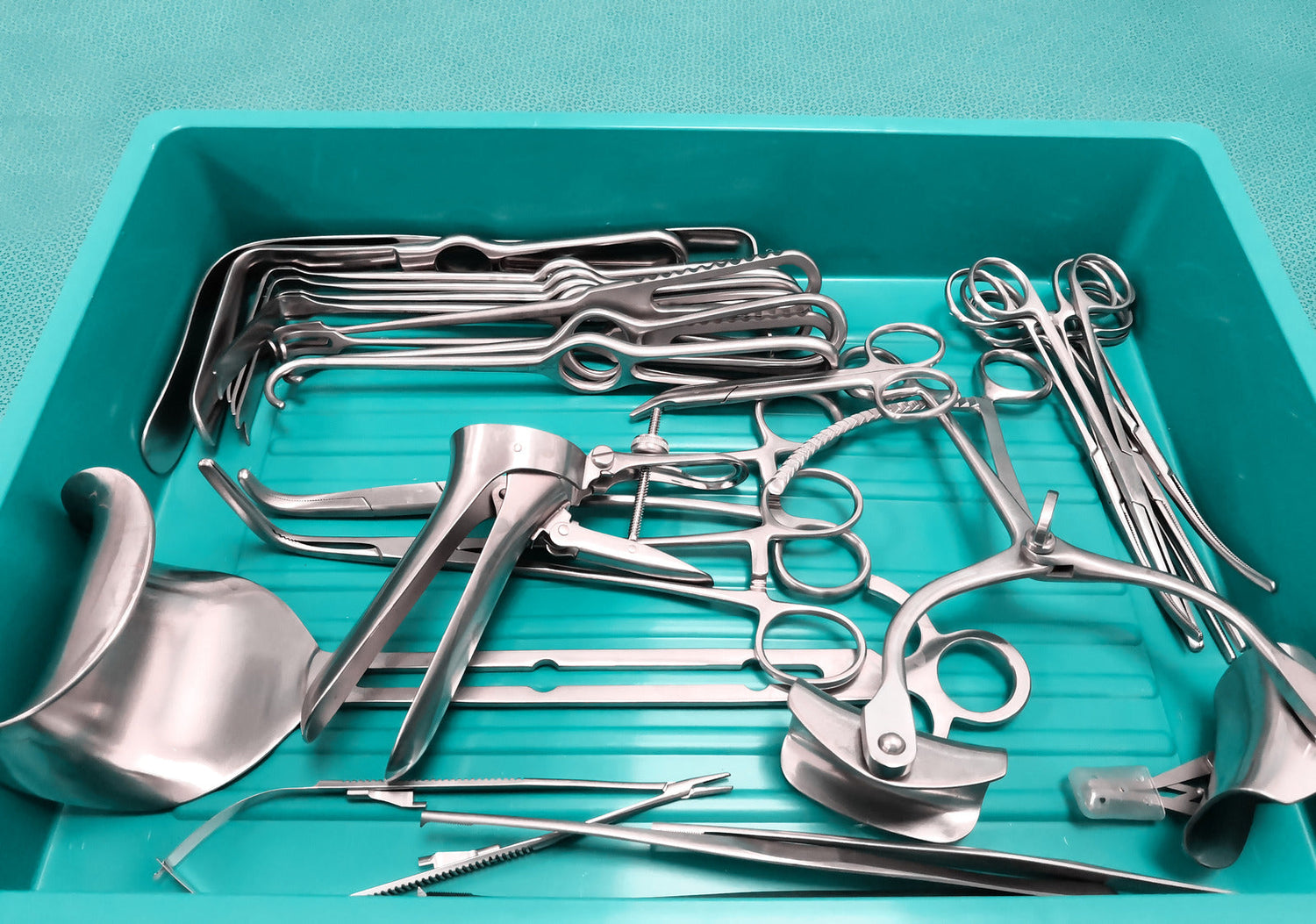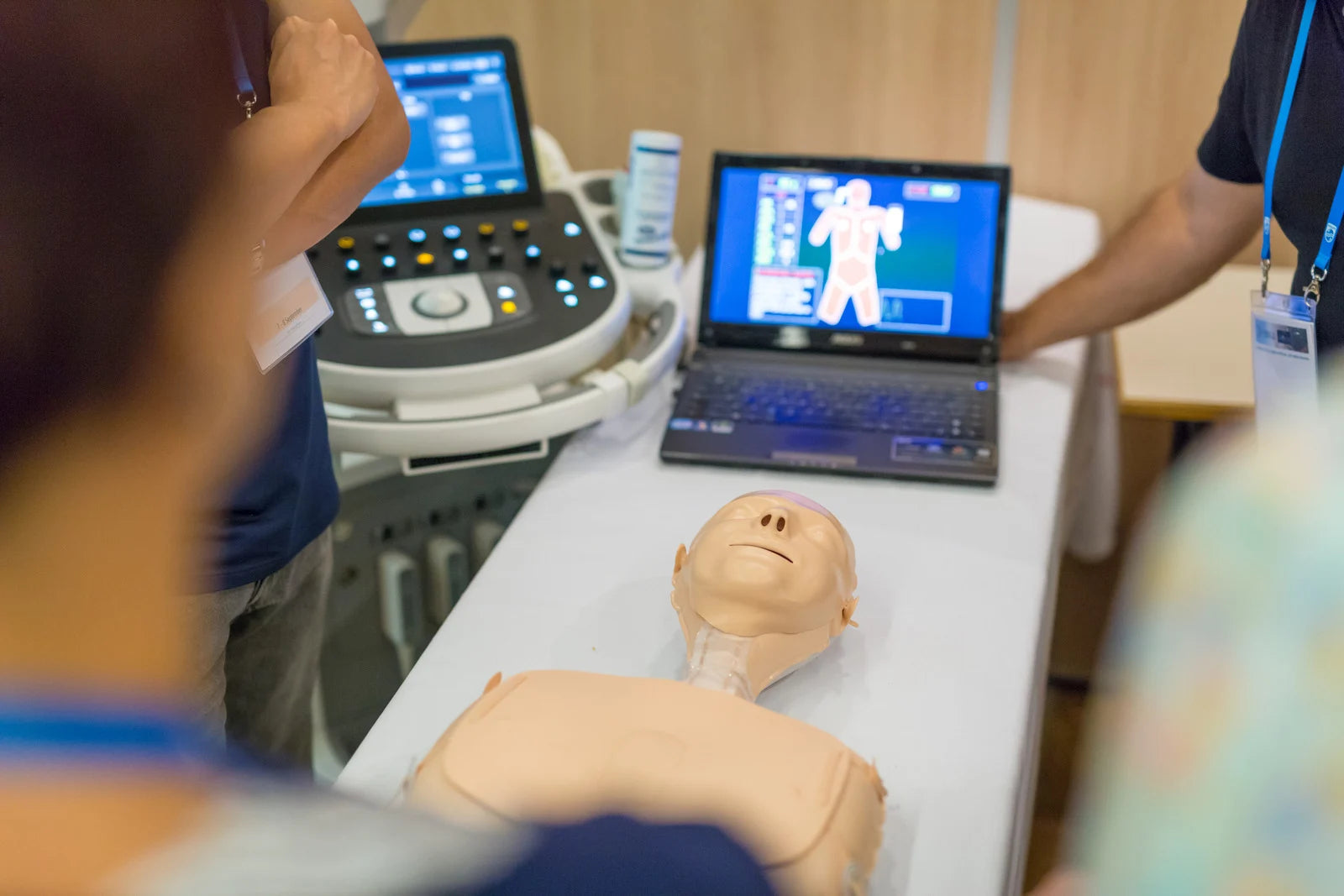Surgical procedures are delicate choreographies of skill, precision, and sometimes even artistry. At the heart of every successful operation are the tools in the surgeon’s hands. From the most exploratory laparoscopy to subtle nerve repair, the right surgical instruments are vital. But what are these tools, and how do they facilitate such life-saving work?
Overview of Surgical Instruments
General surgical instruments can be vast and varied, but each serves a specific function. They can be categorised by the task they perform: incision and dissection, hemostasis, tissue handling, wound closure, and visualisation.
Instruments for Incision and Dissection
- Scalpels — These are the sharp knives that make the most precise of incisions. They come in different blade types, each suited to a specific tissue type.
- Scissors — Whether for cutting delicate layers of skin or muscle, scissors come in a variety of forms, including Metzenbaum and Mayo, each with slightly different functions.
- Retractors — Used to hold back tissue during an operation, retractors offer the surgeon a clear view and unhindered access to the surgical field.
Instruments for Hemostasis
- Forceps — Similar to tweezers, forceps can be used to grasp tissue, handle sutures, or to hold objects during surgery.
- Clamps — These hinged instruments come in various designs to control the flow of blood and other fluids by clamping off vessels or tissue.
Instruments for Tissue Handling
- Graspers — Used to grip and manipulate tissue, graspers come in a variety of designs to suit different types of surgery.
- Retractors — Employed to hold back and side tissue, retractors come in self-retaining and hand-held variants.
Instruments for Wound Closure
- Needle Holders — These are clamping instruments used by surgeons and nurses to hold a suturing needle to close wounds during surgical procedures.
- Suturing Instruments — Beyond needle holders, this category includes all the tools needed for suturing, such as sutures, surgical staples, and clips.
Instruments for Visualisation
- Endoscopes — These instruments have a light and camera on the end, allowing surgery to be performed through small incisions.
- Probes — Used for exploring wounds or organs, probes and similar instruments help surgeons to identify specific tissues or probe for the path of a dissection.
Surgical instruments are the extensions of a surgeon’s skill, enabling them to repair, explore, and treat. With centuries of development behind them, these tools are not only the landmarks of human medical ingenuity but also the silent heroes of the operating theatre. Whether it’s a simple manoeuvre or a life-saving operation, the precise application of these instruments is paramount, highlighting their importance in the complex art of surgery. Find different types of general surgical instruments in bulk with Medilogic. Contact us to learn more.



